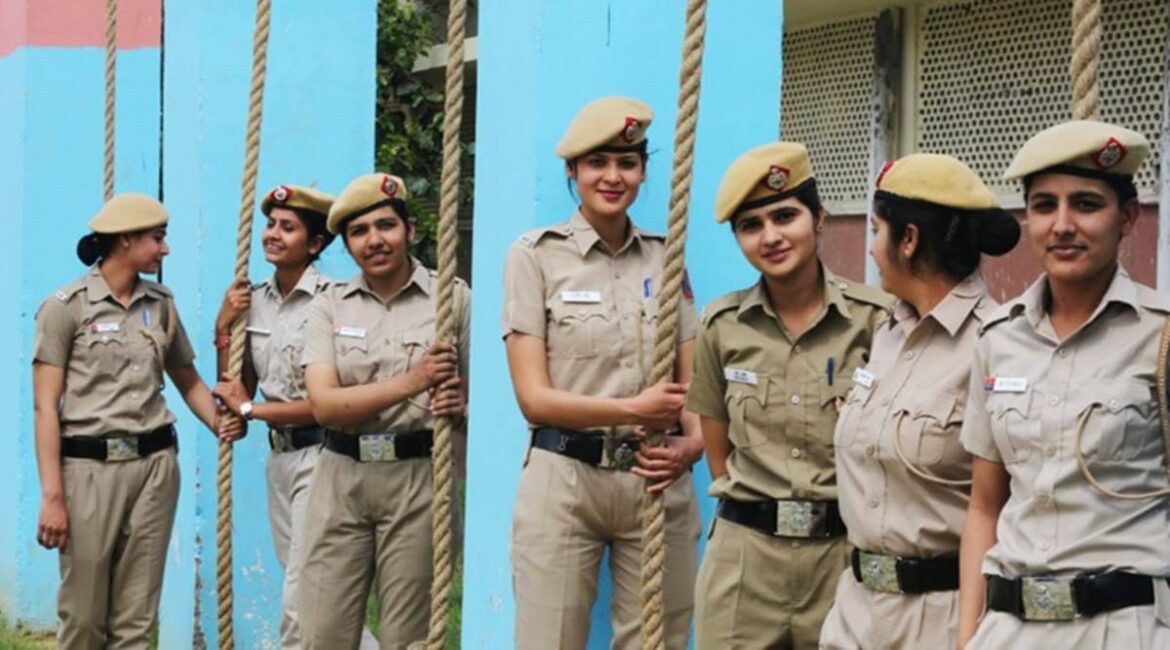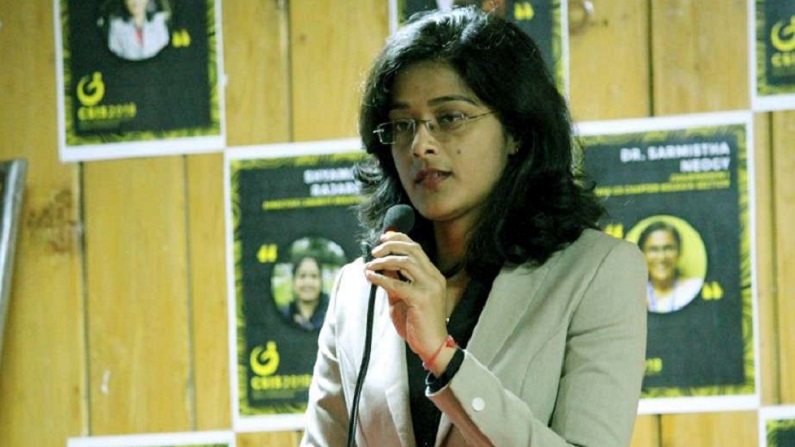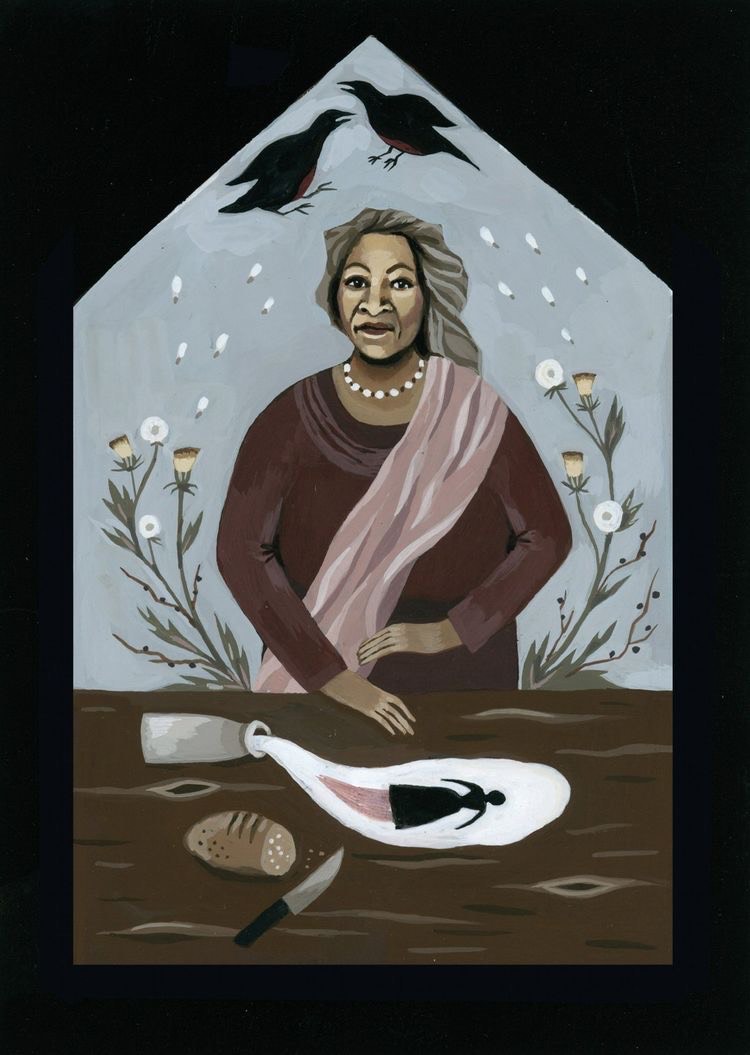By Sayan Dasgupta
The red and the black earth of Bharat carries with it a myriad of stories. From birth of civilization to fall of empires; the crowning of monarchs to the johar of valiant. In this narration of history, we often tend to neglect the queer tints, away from the maddening crowd of heteronormativity. It was August 11th of 1992 in ITO area of Delhi, when the first voice against exclusion and persecution was raised.
Prima facie, the provision of Section 377 of IPC may not appear to name any community or class and create classification. However, at the hands of police, it assumed the shape of normalised discrimination and daylight harassment. The Delhi police on August 11th, 1992 started apprehending men from Connaught Place on the ‘suspicion’ of being gay. This did not sit well with the activists of AIDS Bhedbhav Virodhi Andolan (ABVA). ABVA has been a pioneer and a hero for the queer community being the harbinger for rights against discrimination and equal protection of the LGBTQIA+ persons. Its first known involvement was in 1989 protesting against forcible testing of HIV status amongst women of red-light districts by AIIMS and ICMR with the assistance of police. They argued for humane treatment and rehabilitation for HIV positive persons and better contraceptives like condoms etc.
The protest of 1992 was along the similar lines. They blockaded the entrance to the police headquarter in ITO area of Delhi and were later joined by several women’s rights and human rights organisations. The shining beacon that it was did not fruition into any outcome. However, this was the first protest for LGBTQIA+ rights. ABVA two years later initiated a movement in the Tihar Jail to provide free access to condoms considering high incidence of sodomy and participation of almost 2/3rd prison population in homosexual relations increasing probabilities of spread of HIV. Kiran Bedi, the then Inspector General of Prisons vehemently denied the proposition arguing that it would be a tacit acceptance that such relations were in vogue; and primarily would encourage such relations. Bedi decided a contrarian route to deal with the “menace of homosexuality” as she called it, by mandatory forced testing of the inmates and segregating the HIV-positive inmates.
This state-sponsored discrimination was rooted in the baseless fear of HIV and unequal affording of the right to privacy based on sexuality. ABVA filed a writ petition seeking to test the validity of this step and also subject Section 377 to judicial review for constitutional validity in Delhi HC. The petition however was unsuccessful insofar as the challenge to 377 of IPC is concerned.
However, it is interesting to note the first-ever judicial decision by a US Court on LGBTQIA+ rights at this juncture. While it is the 29th anniversary of the first protest for queer rights in India, it is also the 39th anniversary of the first written judicial decision of the US jurisprudence on rights of persons living with HIV. Much ahead of its time, the case of LaRocca v. Dlasheim (67 N.Y.S.2d 302 (N.Y. Sup. Ct. 1983)) decided by a New York Court issued a ruling in favour of persons with a positive status. Similar to the aforementioned circumstance, the case was instituted by persons incarcerated in state prisons who did not want to be in the vicinity of HIV+ individuals. The arguments derived its rationale from stereotypes and irrational fear praying for a complete segregation and insufficiency of a separate ward. The Court relied on science and not conjecture and held that such unfounded irrational fear (even if honest) cannot be grounds for state discrimination. Such rights of struggle towards the state declared innuendo are plenty. On further observation, it is an obvious conclusion that queer identity is a menace. It is a menace to the status quo, heteronormativity, a lack of nuanced discourse and intolerance towards the different. Queer identity has never been anything but political; riddled with oft ignored rebellions, struggles and frustration. Regardless, India is also laced with narrations of gender fluidity and queer history. The Shatapatha Brahmana (2.4.4.19) appreciates the romantic story ensconcing the two halves of the moon; Varuna, the waxing one; and Mitra, the waning one. The two long for each other and find union on the new moon night. It is believed that they promenade in the celestial skies, and Mitra implants his seed in Varuna, and when the moon wanes, that waning is a product of his seed. Kama Sutra (2.9.36) and the tale of Shikhandi even recognised same-sex marriages. While the fate of struggle plays out, the historical narrations of this land provide poetic justice.












